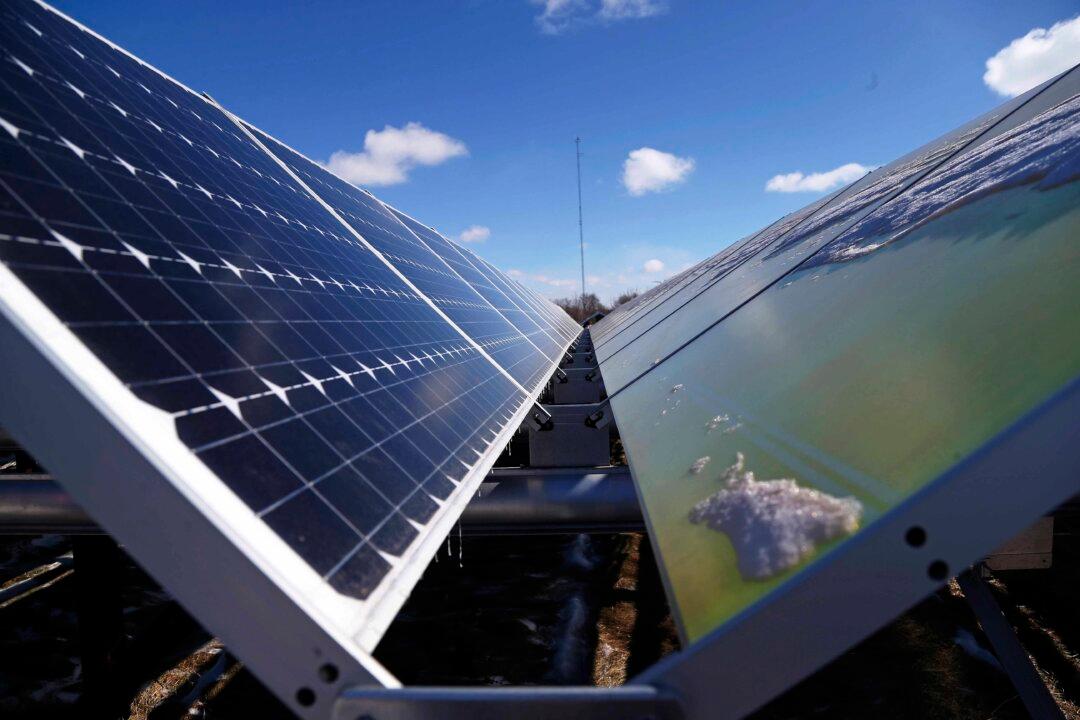For some time the alarm has gone off about threat of climate change and how it will eventually alter a great many things. Among the things that will be radically changed is how the economic system currently is carried out. On the other hand, what needs to be done is still just a work in progress to supposedly reduce the environmental impact and carbon footprint.
The biggest threat of the 21st century is global warming. It will not only affect weather conditions, but with global temperatures rising it will drastically generate lots of expenses never expected. The United States (U.S) is gradually making investments into greener strategies and practices. According to a PR Newswire release, the U.S market for green building materials was 43.8 billion in 2014 and is expected through 2019.
The effects of the human industrialized activity have accelerated the melting of large glaciers, increase in greenhouse gases along with significant increases in temperatures around the globe. All of these phenomenons combined in the long haul will create more severe weather conditions unlike any others.
The sort of man-made surrounding or environment that exists today as a consequence it has negatively devastated the natural environment, the economy and human health, according to the press release.
How we construct, assemble or edify a building is an important discussion. The materials we utilized need to be greener and environmentally friendly. This in turn will minimize any more excessive pollutants into the earth´s soil.
Findings by the Environmental Protection Agency (EPA) highlighted of how building in the U.S impact the country as a whole:
- “36 percent of total energy use and 65 percent of electricity consumption”
- “30 percent of greenhouse gas emissions”
- “30 percent of raw materials use”
- “30 percent of waste output (136 million tons annually)”
- “12 percent of potable water consumption”
Giving these statistics its clear the U.S has plenty of work ahead to reduce its carbon dioxide footprint. Collaborations between practically every public and private sector is vital to fixing this issue at hand.
So there is a market that can be created and exploited for a better future. More funding needs to be injected into green technologies, into patents and patent applications for different green building technologies and uses, and others. What we invest, how we invest, where we invest and why we invest is aside the point since the fate of everyone is at stake.
Patent investments falls in renewable energy inventions and products
In spite of all of the cutting-edge technology available in the global marketplace, not all of it is being used or recycled in an ecological fashion. Most of the electronics have a life cycle and become unusable after a period of time. What must happen is products conceived, created, designed, developed and then sold must adhere to environmental standards. If the market changes and how creators come up with ecological creations there is still hope.
Naturally, the market forces and consumer models have steered the investments away towards renewable products. A BusinessGreen.com report emphasized that the number of patents for renewable energy products filed worldwide fell by 42 percent over the past three years.
The analysis goes on to confirm that research from commercial law firm EMW shows 20,655 green energy patents (solar power, wind energy, biofuels and waste-generated energy) were filed globally in 2014. This is a drop from 35,590 patents filed in 2012. The patent filing decline was caused by the oversupply in the solar panel market.
Incentivizing green technology through patents
Money from the private sector will not flood nor less fund patents for “greentech” or “cleantech” without raking rewards. It is the nature of the business and the nature of the economic environment we still operate under.
How to patent an idea, an invention, a technology, and a product depends on the involvement of a certain institution. That institution naturally would need to be the government to lead the way and provide incentives to the different sectors. This would create a pool of opportunity and money flowing into patent system that stimulates inventors tailor their inventions towards a greener, sustainable and less wasteful model.
A Northwestern Journal of Technology and Intellectual Property paper illustrates just how the role of patent law can serve as a gateway to incentivize greener technologies. The government needs to step in and create the conditions for non-governmental money to diverge in this industry. Otherwise the industry is in peril and so are the resources we are consuming to the point of depletion.
Conclusions and takeaways
So it seems that our very economic system is not immune from collapse because of its environmental effect. Instilling a conscious green way of doing things is more than just an innovative idea, but the key to a sustainable way of living and surviving.
The U.S must continue to create investments in greener technologies and serve as a possible example on how to live in harmony with the ecosystem it’s geographically located in. The Green Building Elements post asserts that the U.S leads in clean energy, electric vehicles and high energy consumption.
How does green building materials offer benefits? The California Department of Resources Recycling and Recovery (CalRecycle) site illustrates the following five points about green building materials:
- “Reduced maintenance and replace costs over the life of the building.”
- “Energy conservation.”
- “Improved occupant health and productivity.”
- “Lower costs associated with changing space configurations.”
- “Greater design flexibility.”
Finally, the government is doing its part and thankfully some well-known companies are changing their business models to be more green-friendly. A Visual.ly infographic details corporations like Apple, Yahoo, Facebook, Google, Microsoft, SalesForce and other making strides to be greenest tech companies.





